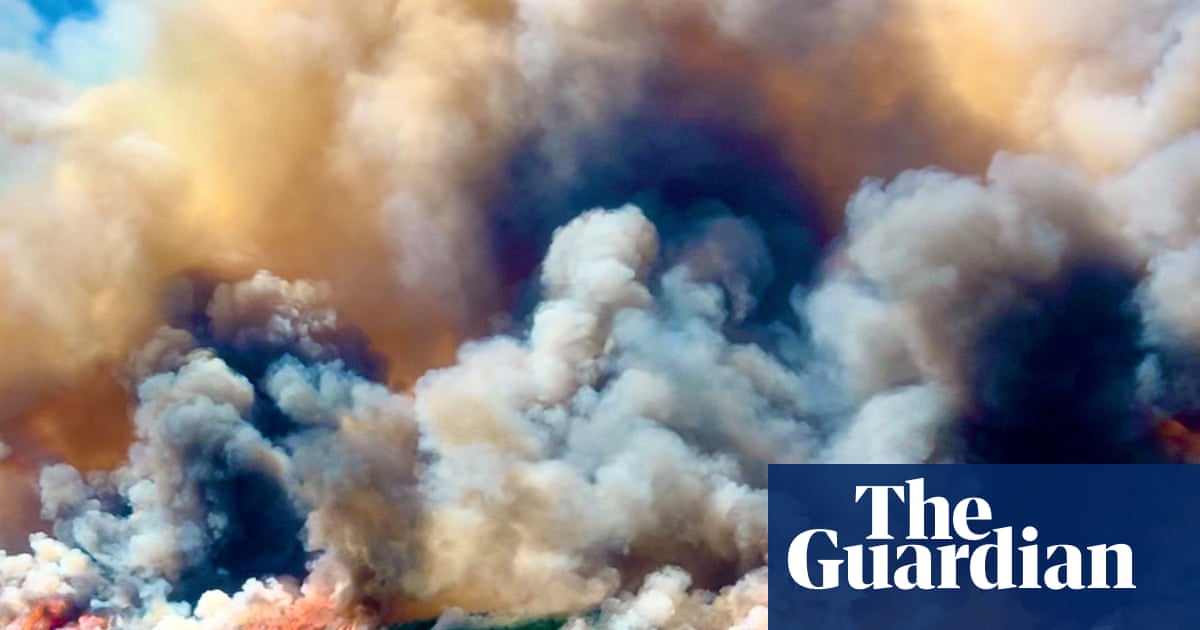
Canada’s Wildfire Season Shifts Amid Climate Change
In recent years, Canada has experienced an alarming transformation in its wildfire patterns. Traditionally concentrated in the western provinces, the latest blazes are increasingly affecting areas such as the prairie provinces and the Atlantic region, fueled by bone-dry conditions exacerbated by a warming climate.
This year, Canada is facing its second-worst wildfire season on record, with over 7.5 million hectares (18.5 million acres) already scorched—far exceeding the 10-year average. Tens of thousands of Canadians have been evacuated, and regions like Saskatchewan and Manitoba have seen more than 60% of the total burned area. Meanwhile, Atlantic Canada is grappling with strained firefighting resources.
A Changing Epicenter of Destruction
For decades, British Columbia and Alberta dominated wildfire headlines. However, 2023 marked a turning point as fires swept across the country, blanketing parts of the United States in haze and making international headlines. Experts warn that wildfires are no longer confined to specific regions, and the risk is now a national issue.
Paul Kovacs, executive director of the Institute for Catastrophic Loss Reduction at Western University, emphasizes the growing challenge. “The size of the burned area will not go back to where things were 25 years ago. This is our new reality,” he explained. Kovacs highlighted the importance of hardening homes and communities against fire risks as part of a collective effort to adapt to these changes.
Government Measures and Regional Challenges
In Newfoundland and Labrador, Premier John Hogan has temporarily banned off-road vehicles in forested areas, citing the province’s inability to bear any further wildfire risks. Nova Scotia has extended restrictions to hiking, camping, and fishing in forested areas, as the majority of fires in the province are human-caused. Premier Tim Houston urged a heightened focus on prevention, adding, “We’re doing everything we can to protect people and property, and just pray for rain.”
Even regions considered low-risk historically, such as Ontario’s Kawartha Lakes, are now experiencing significant wildfires. The widespread impact underscores the evolving threat posed by climate change.
Adapting to the New Normal
Researchers like Jen Baron from the University of British Columbia’s Centre for Wildfire Coexistence warn of the long-term challenges. “Even if a location was relatively low fire risk in the past, extended droughts and warmer temperatures are changing that reality,” she noted.
Recognizing the scale of the problem, the federal government has initiated multimillion-dollar funding efforts to study wildfire risk and adaptation strategies. This includes addressing the legacy of forestry practices and emphasizing Indigenous stewardship of the land.
As southern Europe experiences its own devastating wildfire season, parallels emerge between the global impact of rising temperatures and prolonged droughts. Countries like Spain, Portugal, and Greece are grappling with the consequences of climate change, with catastrophic losses and demands for comprehensive national strategies.
A Call for Global Action
Canada’s wildfire crisis serves as a critical warning about the pervasiveness of climate change. “Instead of one big fire year every 15 or 20 years, every year will be significant in some part of the country,” said Baron. The unpredictability of droughts and weather patterns necessitates a shift in how governments and citizens prepare for future disasters.
As fires rage on, Canada’s response to this growing threat will play a pivotal role in shaping global strategies to mitigate and adapt to the escalating climate emergency.






